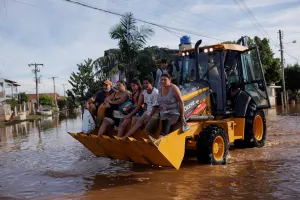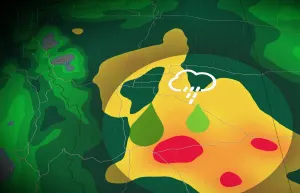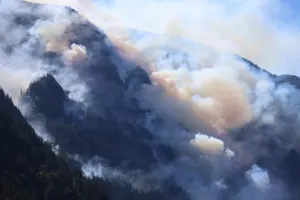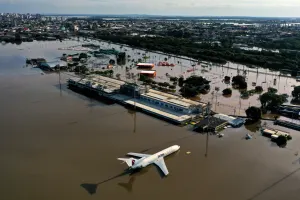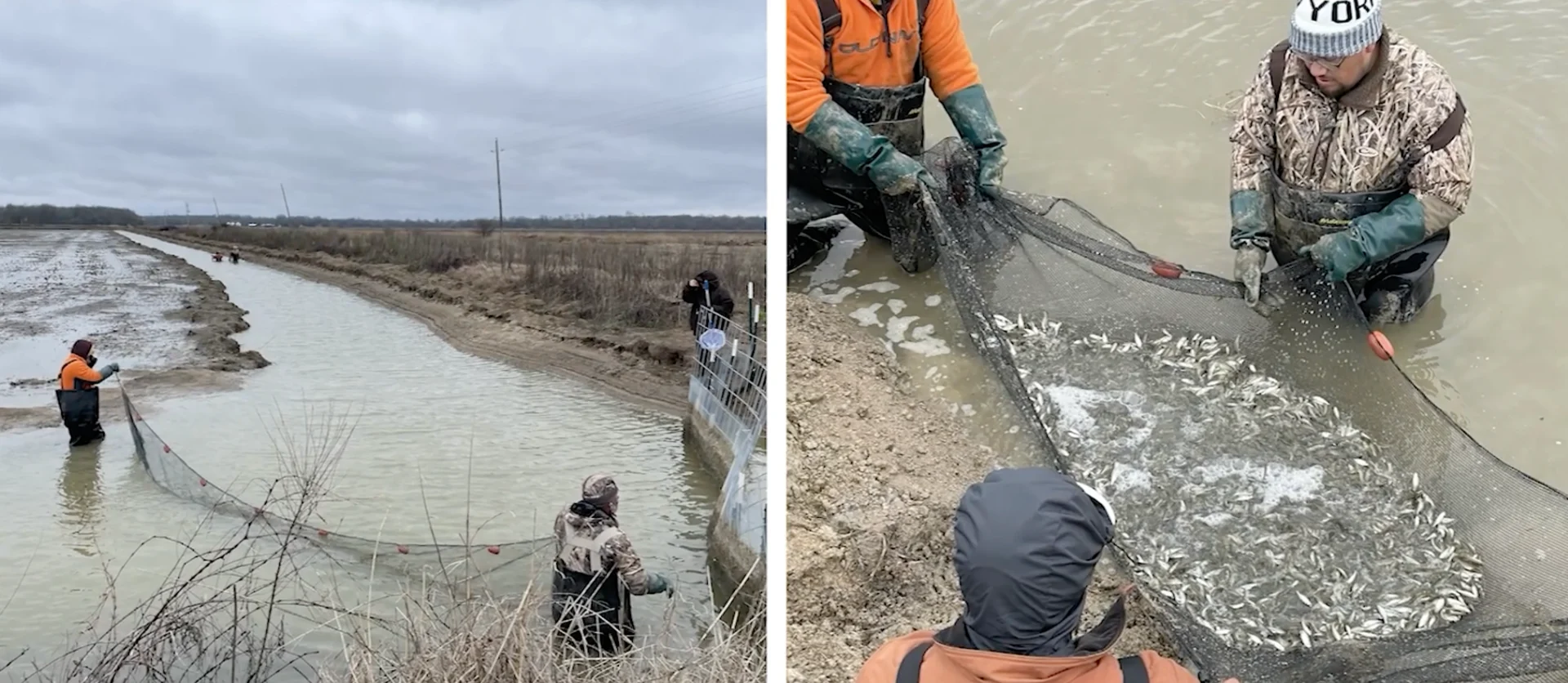
Adding fish to rice fields can help protect the environment. Here's how
Rice fields emit tons of methane every day, but mixing fish into the fields changes all that. The Weather Network's Nathan Coleman explains.
An unassuming source of pollution comes from rice fields, which emit huge amounts of methane every year. Nearly 500 million metric tons of rice are consumed annually worldwide, or more than 15 metric tons per second. The crop is responsible for 10% of global methane emissions, a greenhouse gas that’s 70 times more effective at trapping heat than CO2.
When it comes to North America, the top rice producer is the United States, with Mexico and Canada following suit. In the U.S., Arkansas leads the pack as the top rice producer, closely followed by California.
Rice cultivation piqued the curiosity of the Resource Renewal Institute (RRI), a non-profit organization working in the field of sustainable development.
In the US, the lands used to grow rice are vast plains that become flooded during the winter due to seasonal rains. Producers drain them every spring to prepare the fields and sow rice, which is one of the rare crops that produces methane not only when it grows but also when the plant decomposes.

When the fields are drained in the spring, the fish are harvested and used either as food for larger fish raised in aquaculture or as protein in pet food (Image source: Chance Cutrano/RRI)
Adding fish to the rice field significantly reduces methane emissions because they feed on zooplankton, and having that gone allows for more bacteria to remain that can consume the methane. This method has been widely used in Asia for millennia and is considered by the United Nations to be a world cultural heritage.
To seed flooded fields, yellow minnows are used, which are produced in large quantities because they also serve as bait for recreational fishermen. They are therefore inexpensive to produce, which also helps achieve the sustainable development objectives desired by the RRI.
When the fields are drained in the spring, the fish are harvested and used either as food for larger fish raised in aquaculture or as protein in pet food.
Watch the video above to learn more.








